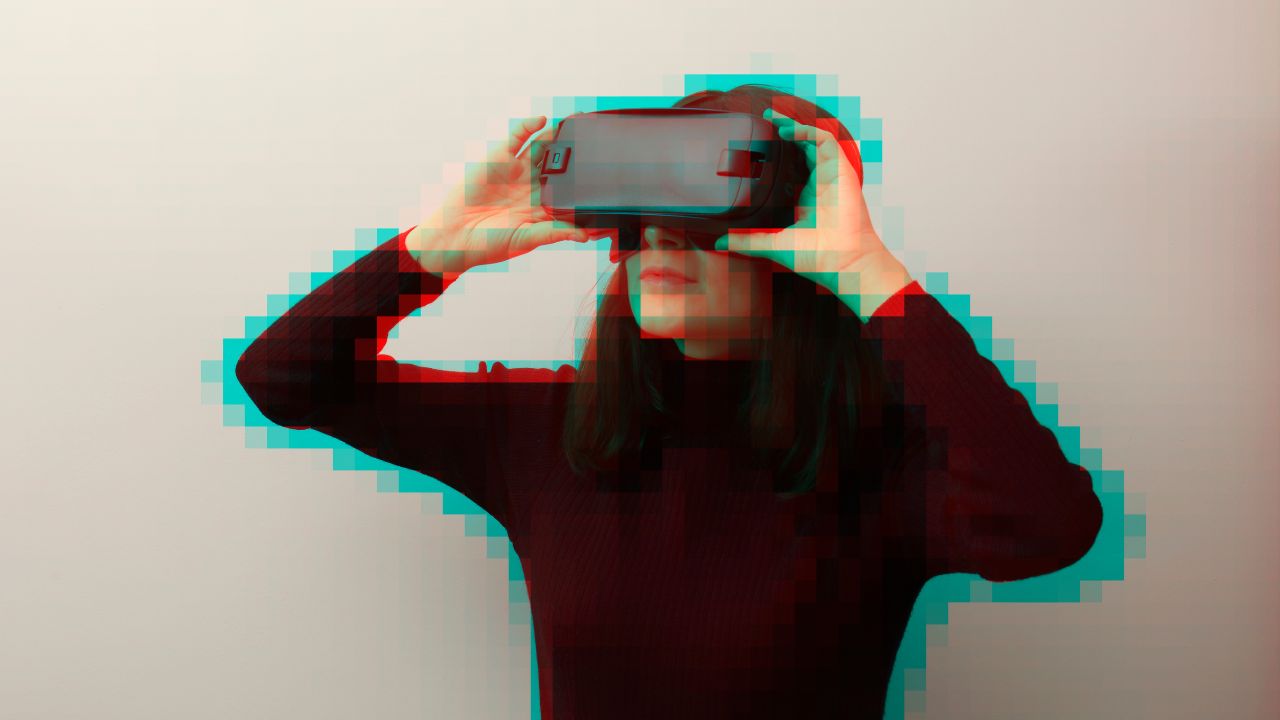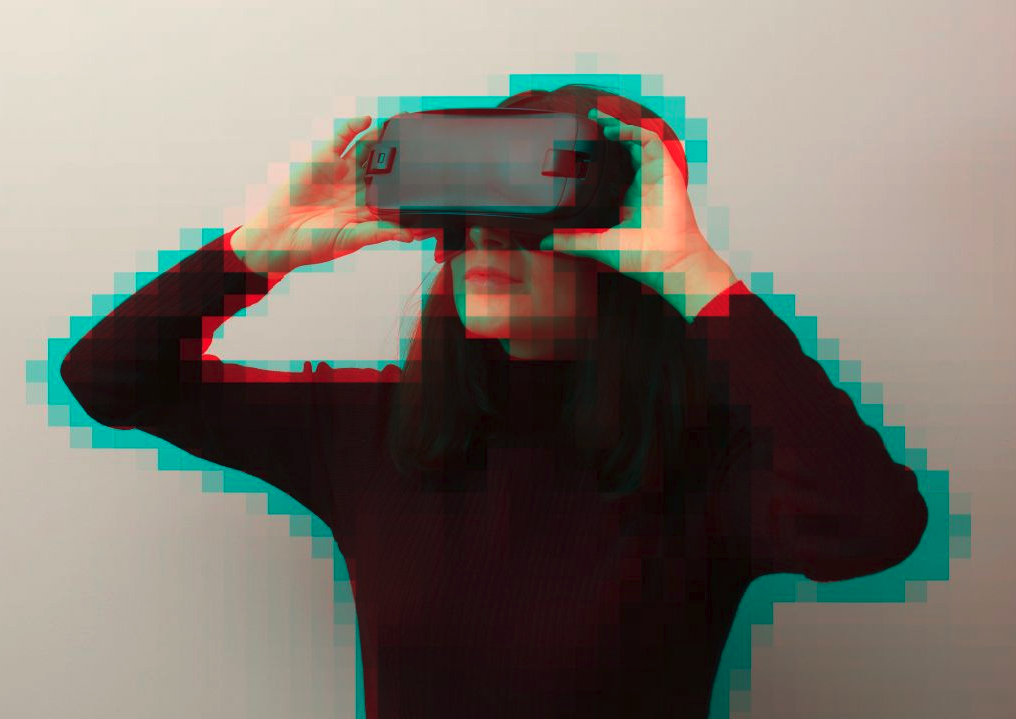The metaverse is a virtual reality alternative to Zoom, but will it be the key to solving pervasive Zoom fatigue?

This article was originally published by Allwork.Space.
Reducing the number of back-to-back meetings, being allowed to move around during meetings, and a 5-minute buffer between meetings are the top three employee requests to combat Zoom fatigue.
Although video chatting for work meetings using services like Zoom was relatively prevalent before the pandemic, its use spiked considerably in 2020 and has yet to slow down.
The rise of possible uses for virtual reality (VR) in work environments has gone up right alongside Zoom fatigue. Could further implementation of VR tools solve the pervasive “Zoom fatigue” that still plagues the workforce?
Zoom fatigue: what is it, and why does it happen?
Zoom fatigue is the feeling of “brain fog” or tiredness from using video chatting services for any length of time. The more you use video chatting platforms, the worse the impacts are.
Zoom fatigue occurs because our brains are massively stressed by the delay in nonverbal visual cues (especially eye contact) – apparent on these platforms.
As Tuft’s University cognitive scientist Daniel Dennett aptly puts it, the brain is always trying to answer the following question: “What do I do now?”
Processing nonverbal cues is one of the brain’s top priorities. We are social creatures, so this only makes sense for our survival. If there is a delay in the brain’s fulfillment of its first priority, it is bound to become very stressed.
Disorienting oddities that do not typically arise when looking at other people are common when using Zoom, further contributing to this effect.
For instance, seeing one’s reflection on the screen during a meeting (where many faces are oddly very close to your face) can make a person feel self-conscious and anxious. This sort of stimulation can confuse the brain, particularly when paired with work tasks.
Is the metaverse going to fix Zoom fatigue?
In a recent podcast, Meta CEO Mark Zuckerberg was clear that he believes Meta will solve Zoom fatigue.
Interestingly, Zuckerberg’s theoretical pitch on how this would work is sensitive to the above concerns regarding the brain’s top priority and resolving the delay in it, which is what causes Zoom fatigue.
Meta, through the metaverse, intends to make video chatting look and feel no different than being in a room in real life with peers and coworkers by utilizing virtual reality headsets.
The scientific community already knows it can use virtual reality to augment mental health treatment with demonstrable success. So, wouldn’t the metaverse replacing Zoom be an indirect version of something similar to this?
Whether or not the metaverse will positively affect the Zoom fatigue phenomenon across the board is yet to be seen.
More apparent at this point is that VR versions of Zoom will eventually overhaul the traditional computer webcam setup.
Early research does demonstrate some hope that virtual reality services like the metaverse will enhance the remote work experience. For instance, one study showed that it could reduce worker training time by up to 60%.
But to know what effect it will have on Zoom fatigue, it would first have to be implemented widely, which depends on the development of augmented reality contact lenses for facial expression recognition and eye contact registering.
Zuckerburg estimates things will be up to speed — with no more Zoom fatigue and a literal new virtual universe — in the next 5 to 10 years. If that happens, the new virtual reality would come with its own fatiguing issues, including privacy concerns.
What can be done about Zoom fatigue now?
The metaverse might be here relatively soon, but Zoom fatigue is here now, and it is wreaking havoc on 95% of workers who use Zoom regularly, and 81% say doing so makes them feel physically ill.
One thing that employers can do is ensure that workers are not using laptops for their Zoom meetings — ideally, providing remote workers with desktops as a solution, as 69% of the time, workers say they use laptops when they report experiencing Zoom fatigue.
How could laptop usage possibly be a problem contributing to Zoom fatigue? Surprisingly, laptops, on the whole, have poorer video/audio quality and are more prone to computer slowdowns/crashes than desktops.
But, as with most things, the best way to resolve Zoom fatigue is to listen to workers’ needs.
Reducing the number of back-to-back meetings, being allowed to move around during meetings, and a 5-minute buffer between meetings are the top three employee requests to combat Zoom fatigue, according to Dimensional Research’s report.
When employee needs are met in workplaces, things tend to improve in ways they wouldn’t otherwise. And when their needs are ignored, phenomena like the Great Resignation only amplify.


